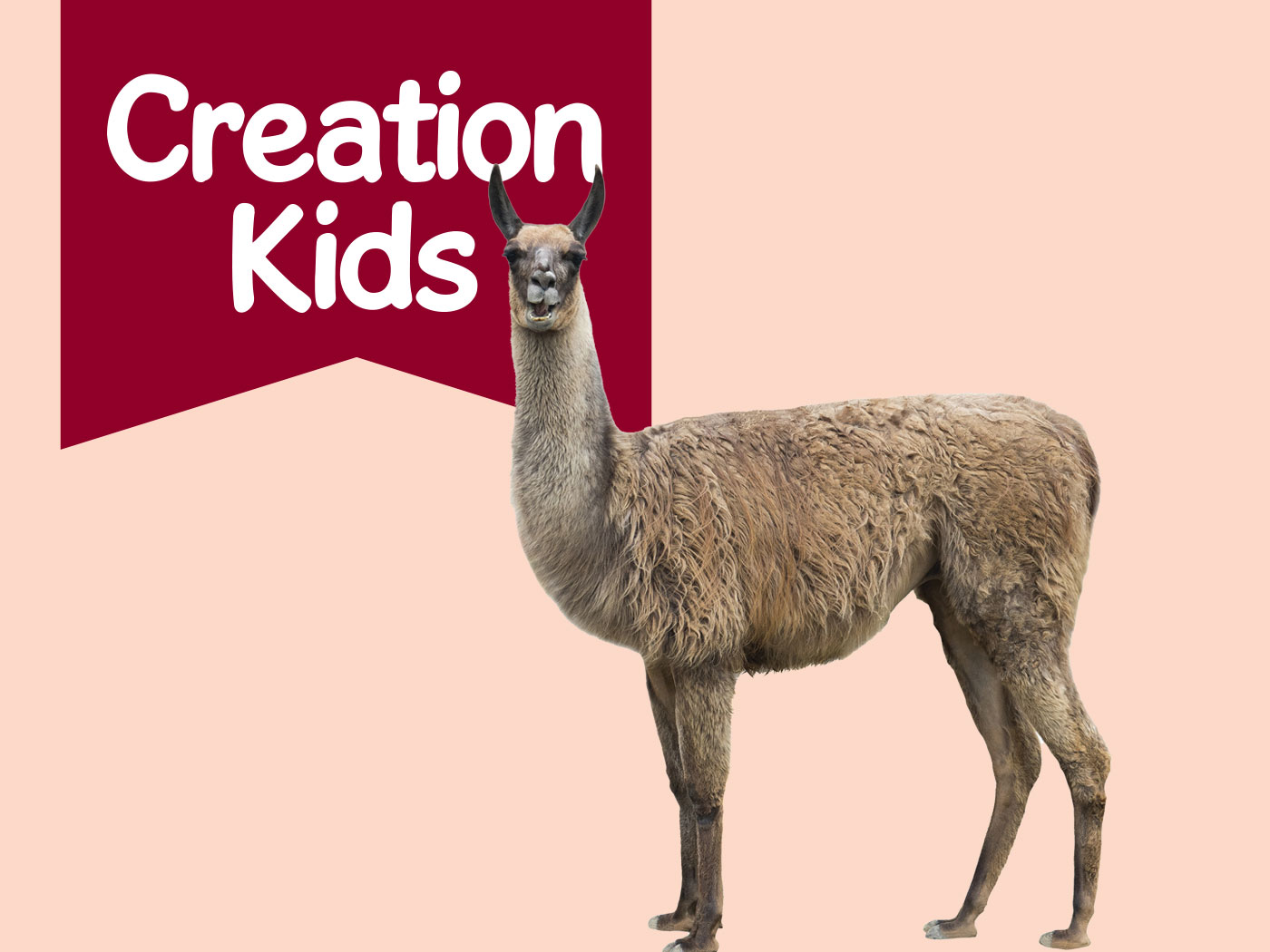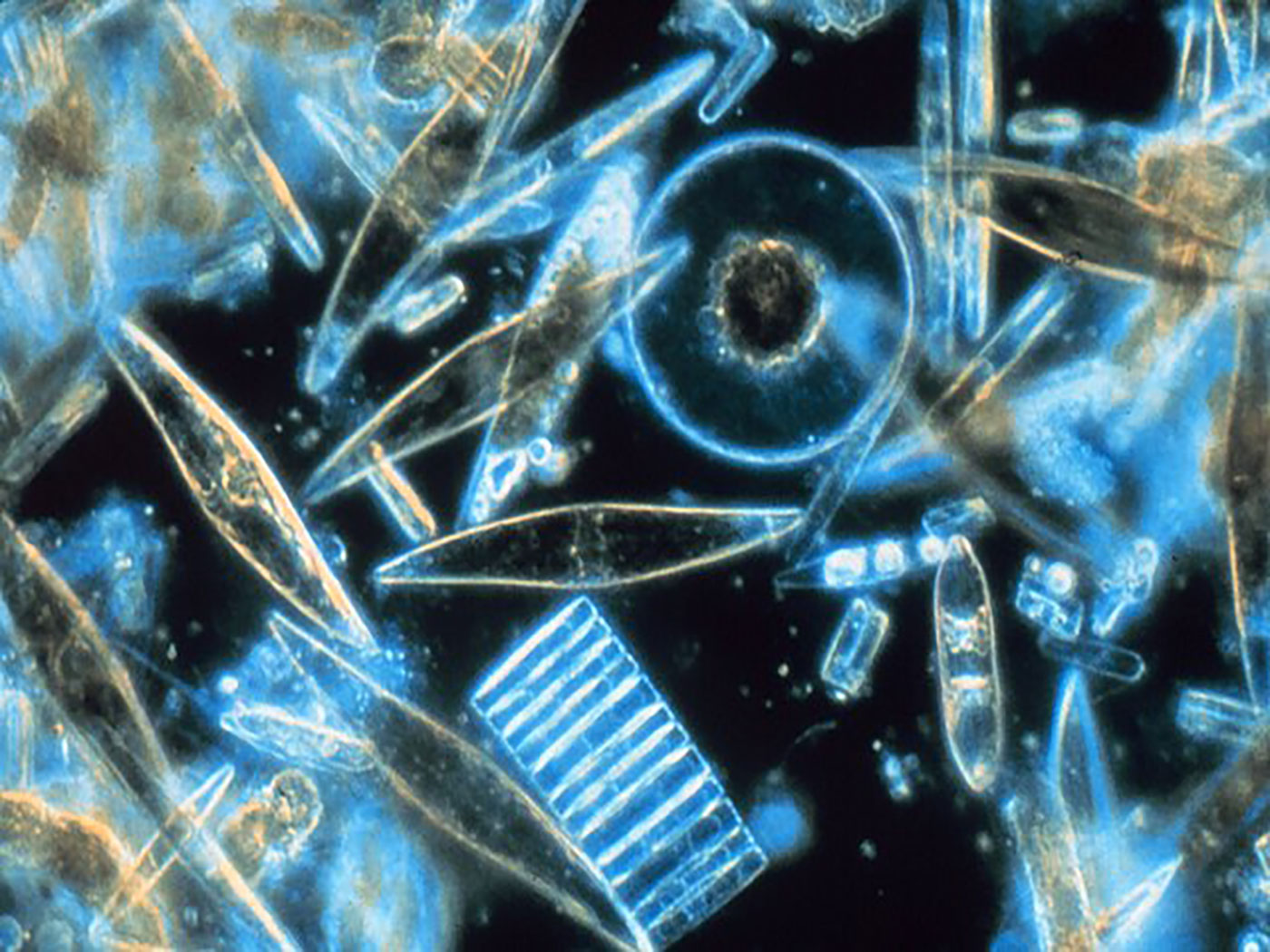Certain aphids manipulate plant tissues to form a hollow gall in which they then reside. But aphids will also help heal plant tissue that they’ve damaged. This behavior serves as a vital self-defense mechanism, because when the gall’s walls are eaten by caterpillars, the tender aphids inside become easy prey for other insect predators.
Evolutionary biologist Takema Fukatsu of the National Institute of Advanced Industrial Science and Technology in Tsukuba, Japan, found that specialized aphid guards extrude their body contents to fill holes in the plant wall, “kneading their own gooey blood into a big scab.”1 Many of these types of aphids, named Nipponaphis monzeni, die in the process. In a recently-published study, the research team examined gall walls in various stages of repair and found that the aphid-made scab played the same role as animal-skin scabs, serving as templates for body tissue to grow over the area and repair the wound.2 Moreover, the aphids were responsible for manipulating the repair of the plant tissue, “because it healed only if live aphids were still in the gall.”1
Interestingly, scientists have labored for decades to manipulate plant tissue growth like these aphids do. This process entails many technical problems, since some kind of chemical must provide precise communication with the particular plant’s biochemical networks to signal specific dormant genes to activate.
Natural processes alone would not produce what is observed here: organisms sacrificing their lives for the greater good of the remaining individuals. Nor do they adequately account for the origin of tiny creatures that can precisely manipulate intricate biochemical pathways for the purpose of healing a plant wound.
Natural processes alone cannot explain it, but creation does. And now the Creator’s intricate and complex handiwork is providing a blueprint for scientists seeking to find “novel compounds that could prove useful for manipulating plant cell and tissue cultures.”1
References
- Youngsteadt, E. Aphids Play Doctor. ScienceNOW Daily News. Posted on sciencenow.sciencemag.org February 25, 2009.
- Kutsukake, M. Scab formation and wound healing of plant tissue by soldier aphid. Proceedings of the Royal Society B: Biological Sciences. Published online before print February 25, 2009.
* Mr. Thomas is Science Writer at the Institute for Creation Research.
Article posted on March 17, 2009.













